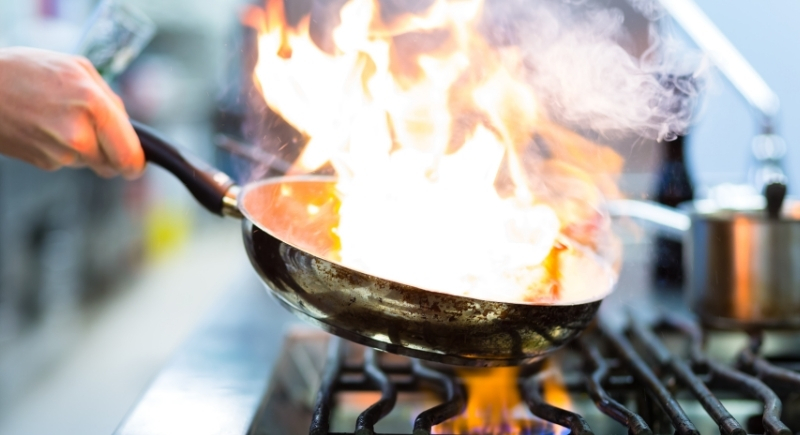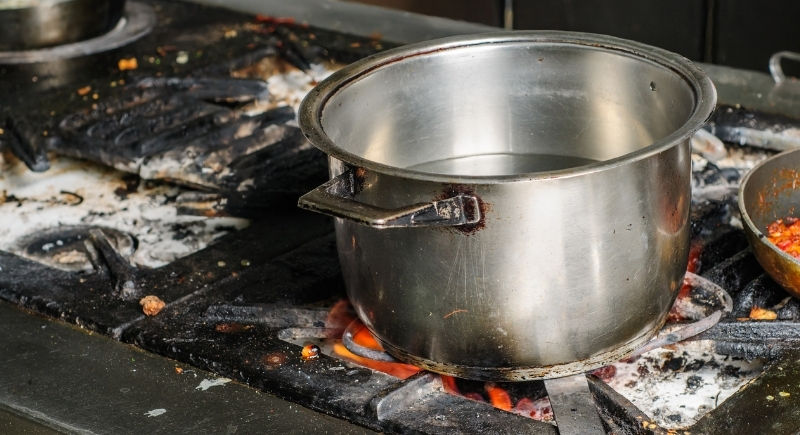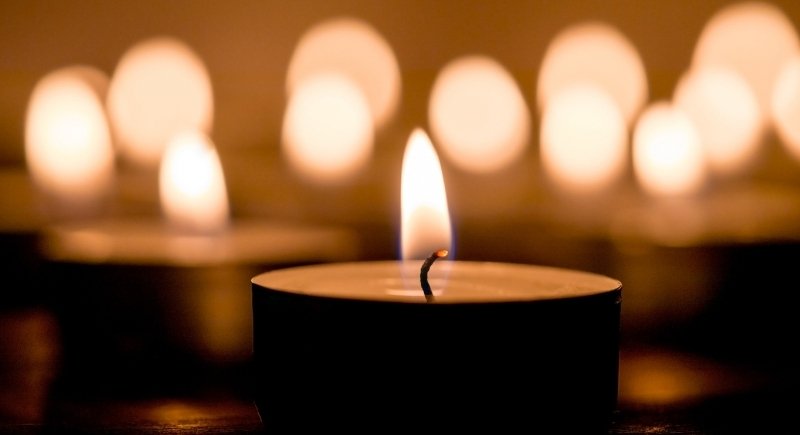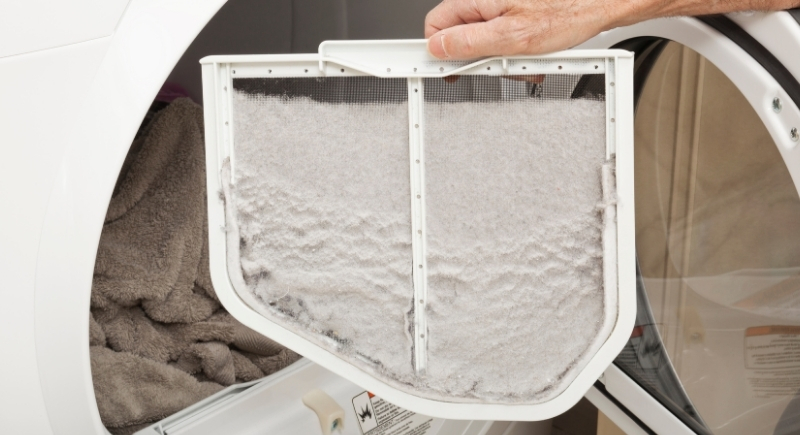Common Fire Hazards in Your Home You Might Overlook
House fires often start from ordinary habits that don’t seem risky at first glance. Fire departments in the U.S. respond to hundreds of thousands of residential fires every year, and many start with something as small as lint, crumbs, or a worn cord. Here are 10 hazards that blend into everyday life but deserve more attention.
Distracted Cooking

Credit: Canva
Cooking causes nearly half of all home fires in the U.S., and grease fires are involved in a significant share of them. Oil reaches its ignition point faster than most people expect, especially in shallow pans. Leaving food unattended for even a minute can give flames the chance to grow. A fire extinguisher rated for kitchen use should always be within easy reach, and pot handles should be positioned to point inward to minimize the risk of accidents.
Messy Kitchens

Credit: Getty Images
Grease buildup on stovetops and inside range hoods ignites far more easily than whole food. The heating elements in ovens and toasters reach temperatures high enough to ignite crumbs and residue. Research from multiple fire agencies indicates that dirty appliances directly increase the risk of kitchen fires. A quick wipe after meals and clearing the toaster tray every few days helps keep this in check.
Overloaded Outlets

Credit: Canva
Electrical fires make up more than 10% of residential fires each year. Older homes built before modern power demands often have wiring that struggles to handle multiple high-wattage devices plugged into a single outlet. Multi-plug adapters and long chains of cords raise the risk by allowing more current than the circuit can handle. Unplugging unused devices helps ease the load and lower the temperature inside the wall.
Worn Cords That Have Seen Better Days

Credit: Getty Images
Cords on vacuums, laptops, and power tools wear out quickly. A pinched or frayed cord can arc, and temperatures at the arc point can exceed several thousand degrees. Even small cracks in the outer insulation can allow sparks to pass through. If a cord feels hot or shows any wear, it should be replaced or recycled.
Unattended Candles

Credit: Canva
Open flames from candles cause thousands of fires every year. Curtains, bedding, and paper products ignite quickly if the flame grows or tips. The heat above the flame can also reach high enough levels to scorch shelves or decorations placed too close to the flame. A sturdy holder and a clear three-foot space around the candle can lower the risk.
Smoking Indoors

Credit: Canva
The tip of a cigarette can reach temperatures above 1,000°F while in use and can stay hot long after it appears to be out. Fires that start from smoldering cigarettes often burn undetected at first, which leads to heavier damage. A proper ashtray and fully extinguished materials make a huge difference.
Dryer Lint Buildup

Credit: Getty Images
Thousands of dryer fires occur annually, with lint being the leading cause. Lint is made of tiny fibers that ignite quickly. When vents clog, the dryer’s temperature rises, which creates ideal conditions for ignition to occur. Cleaning the trap after each use and clearing the vent annually helps maintain strong airflow and manageable heat.
Dirty Fireplaces And Chimneys

Credit: Getty Images
Creosote inside a chimney can burn at extremely high temperatures. Even a thin layer increases the chance of a chimney fire. A yearly inspection and cleaning prevent buildup and ensure the smoke vent functions properly.
Rodents Chewing Electrical Wiring

Credit: Canva
Rats, mice, and even squirrels chew wiring because the material helps wear down their teeth. Damaged wires can arc or spark inside walls and cause a fire to start. Any signs of pests should be addressed promptly to prevent damage from spreading into hidden areas.
Outdoor Fire Fun Gone Wrong

Credit: Getty Images
Backyard fire pits and grills often cause fires when embers drift toward dry grass, sheds, or decks. Wind can carry sparks farther than expected. Keeping flames at least 20 feet away from structures and having water or sand nearby helps keep backyard gatherings safer.